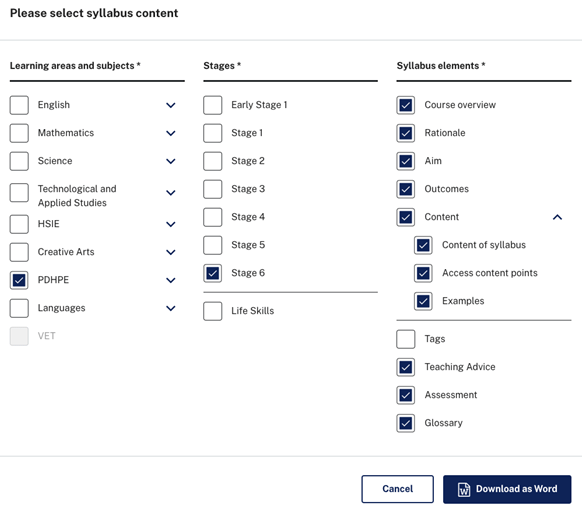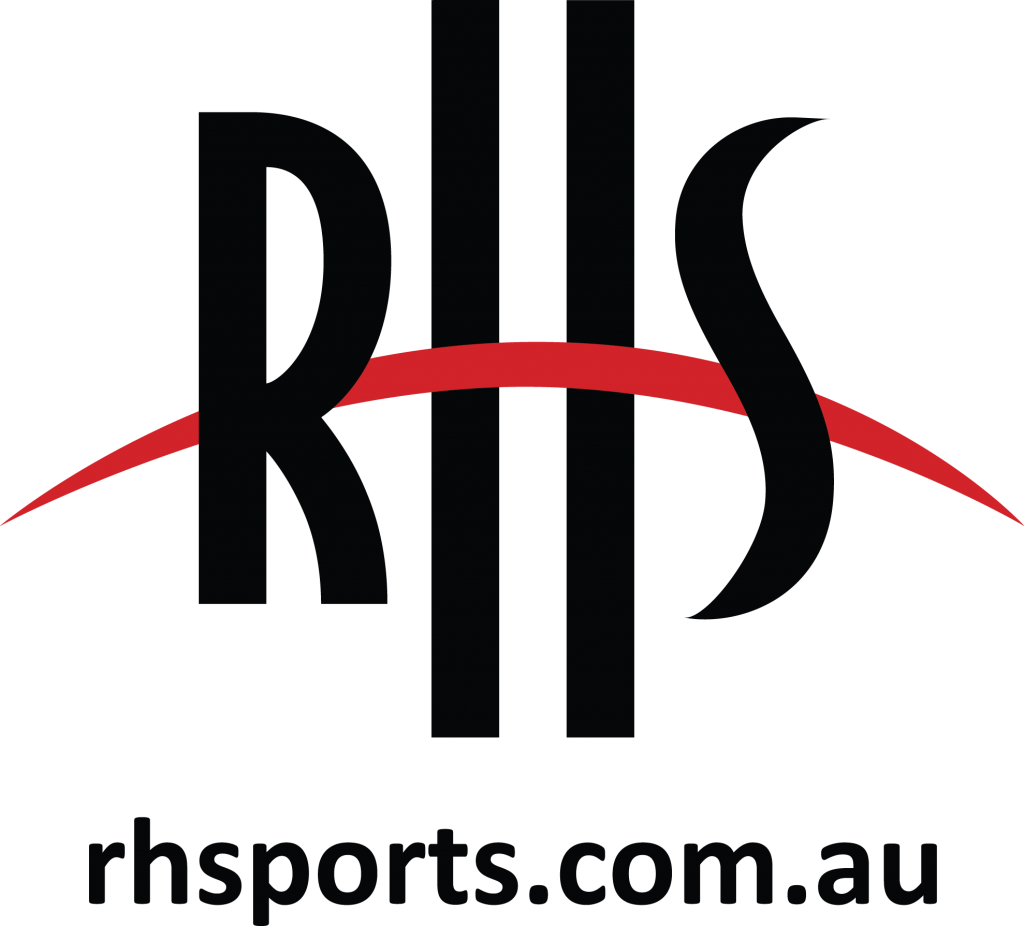HMS syllabus: a 101-game plan to implementation

April 2024
By Lisa Quinn, PDHPE Teacher Corrimal High School and Project Officer, ACHPER NSW
Diving into a new curriculum can feel like stepping onto a new sporting field without knowing the rules. Consider me your trusty coach! I’ll guide you through a 101-game plan to implement the new HMS syllabus. Here are my top strategies to help you navigate this process:
1. Familiarise yourself with the HMS syllabus
First things first – jump onto the NESA HMS curriculum website. Navigating this can be a little tricky, so make sure you:
- Turn it inside and out – don’t miss any opportunities
- Download the HMS syllabus and the recommended examples and syllabus support documentation (see figure 1). They go together like a mitt on a hand – you can’t play without it!
- Take time to pour over the documents. Both the NESA and the DOE websites have plenty of teaching advice.
Implementing the new syllabus will be like assembling a puzzle – you need to study each piece and carefully place each component together to create a coherent picture.
ACHPER NSW also has resources to support implementation including:
- 1-hour familiarisation webinar – this will start to get your head in the game
- Video interview with teachers on scope and sequence approaches
- Sample scope and sequence to download.
Remember – the more you know the better prepared you will be when you start your own programming.
Figure 1:
NESA HMS syllabus website

2. Explore the past and present
Start by breaking the syllabus down into manageable chunks. Get an overview of what’s covered and how the content and skills progress from Year 11 to Year 12.
Explore the content further and try colour coding it according to: old, same, same but different and completely new.
Look at what worked before, but don’t be afraid to innovate and explore fresh approaches that align with the updated curriculum approaches. Start to ponder:
- What excites you about the new syllabus?
- What are your strengths?
- What will engage your students?
- What will challenge you or your students?
- How are you going to attack the game?
3. Develop a scope and sequence
Time to make a game plan. Ask yourself some critical questions:
- Think about your student needs, abilities and interests – what is relevant to them and how do they learn best?
- Do you start with familiar content, content of interest, or tackle the hard stuff first?
- If you want students to reach their potential, how can I set up my scope and sequence for their best success?
You’ll need to consider the timing of your depth studies, collaborative investigation, assessment tasks, school calendar of events, and if you will have a final examination.
NESA, the DoE and ACHPER NSW have published sample scope and sequences. But remember and recognise that not one size fits all and schools will differ on their approach. And just like any game plan, factor in some wiggle room for those curve balls, adjust as needed – even the best game plans need to adapt to changing conditions.
4. Start programming
To begin have a clear understanding of what is expected and progressed from Year 11 into Year 12. This may help you decide on how much depth and time you will give to certain content points.
Make sure you look at the skills and verbs in the content not just the information required. With this in mind, start what I call a skeleton program, the framework of your units, and add teaching and learning activities and resources to syllabus content. You can filter, sort, and extend on this later.
5. Get creative with depth studies and a collaborative investigation
When and how you will do them? Think outside the box!
You have 20 hours of depth studies and a 20 hour collaborative investigation. If you’re already extending students beyond the syllabus to consolidate their knowledge you should be able to nail this, so don’t be fearful.
You can do case studies, profiles of athletes, experiments, journal articles, and much more. Encourage your students to dive deeper into topics and engage them to apply health and movement concepts to real world context.
Just like a winning sports team relies on teamwork, a collaborative investigation will empower students to learn from each other’s strengths and foster a supportive learning community towards a common goal. Think of these as the MVPs of the curriculum, use them to foster curiosity and critical thinking skills.
6. Think strategically about assessment
Effective assessment is more than just the scoreboard at the end. It is about the tracking of progress, identifying areas of improvement, and using it to guide future teaching and learning. You only get three formal assessments so you may need to think strategically about these. Consider:
- Using formative assessment
- Ensure your programming is designed with learning goals
- Ask where, how, and when you will collect the evidence of achievement and learning?
- Provide students with plenty of opportunities to enhance and display their knowledge, skills and understanding along the way.
7. Colleagues collaborate
You are not alone my friends! We are all in this together. Reach out to your colleagues from other schools – they will be your greatest allies in this syllabus implementation. Swap units of work, assessment tasks, depths studies, share, share, share. Together you can conquer the syllabus and emerge victorious, learn from each other, grow together.
8. Professional learning is your training camp
Networking with other like-minded educators provides a valuable support system where you can share ideas, resources, experiences, and seek-advice enhancing your teaching and improving student outcomes. ACHPER NSW offers a range of professional learning to support you in implementing and assessing the HMS course. This includes:
- Free Q&A sessions
- Assessing Year 11 HMS workshop
- Designing Year 11 HMS Unit Plans workshop
- Extension sessions in topic areas like depth studies and Sustainable Development Goals.
Finally….
The million-dollar question, how will you know if your planning and implementation is hitting the mark?
Get feedback from your students, reflect critically on your own practice, talk to other colleagues along the way, share and compare notes. Remember to embrace the journey, stay flexible, know your end goal and know what your students need.


